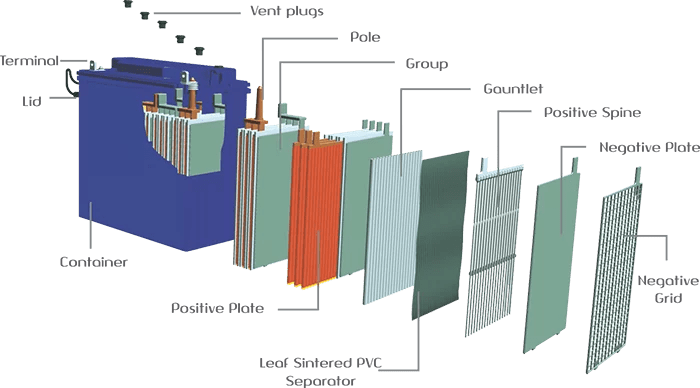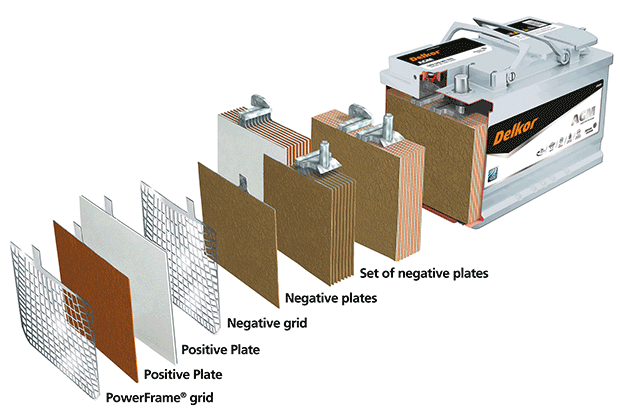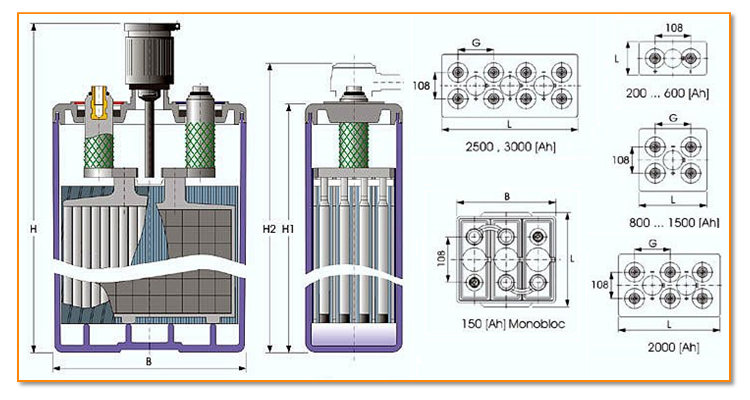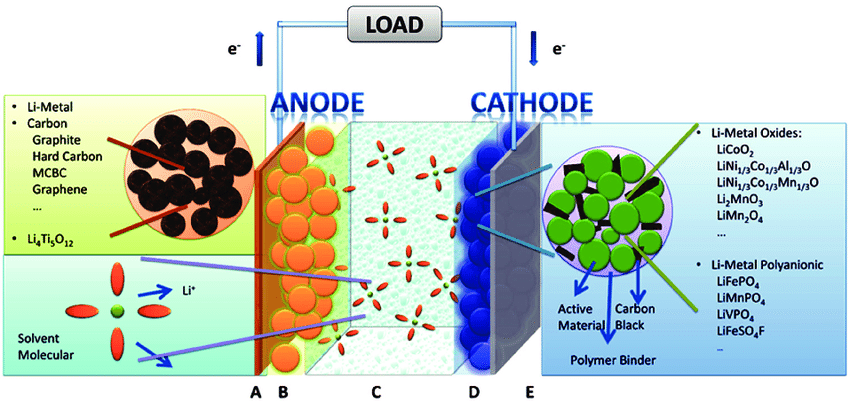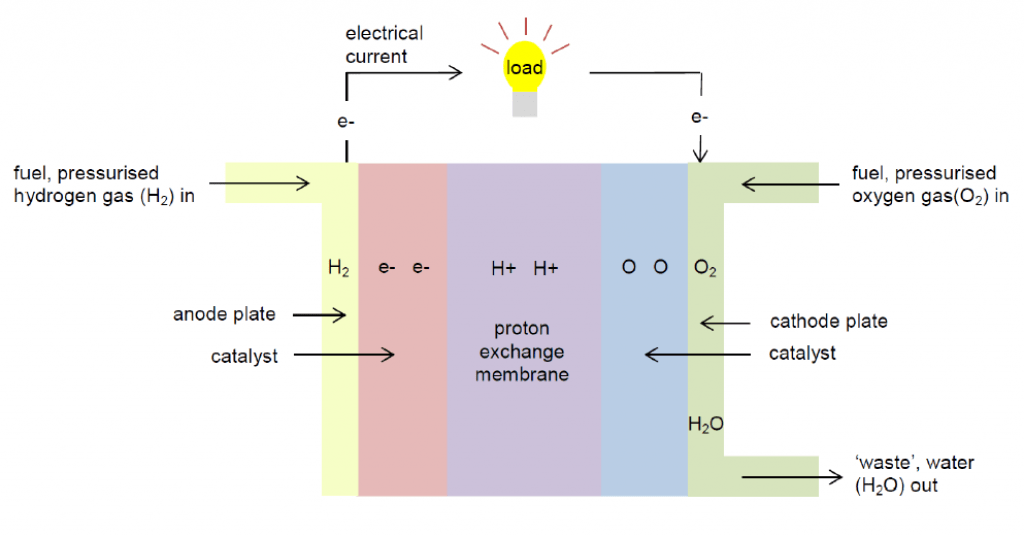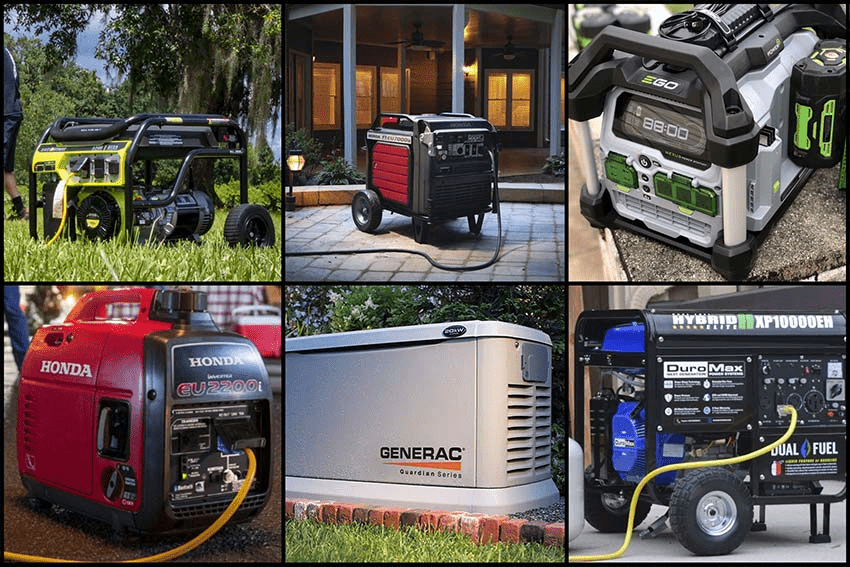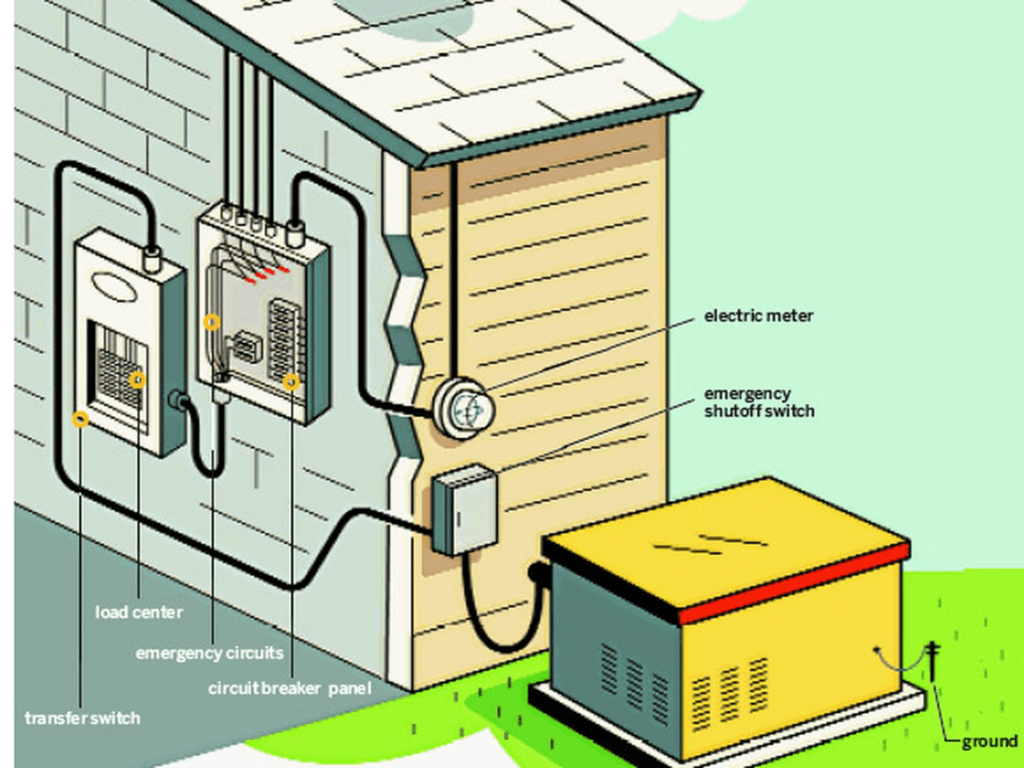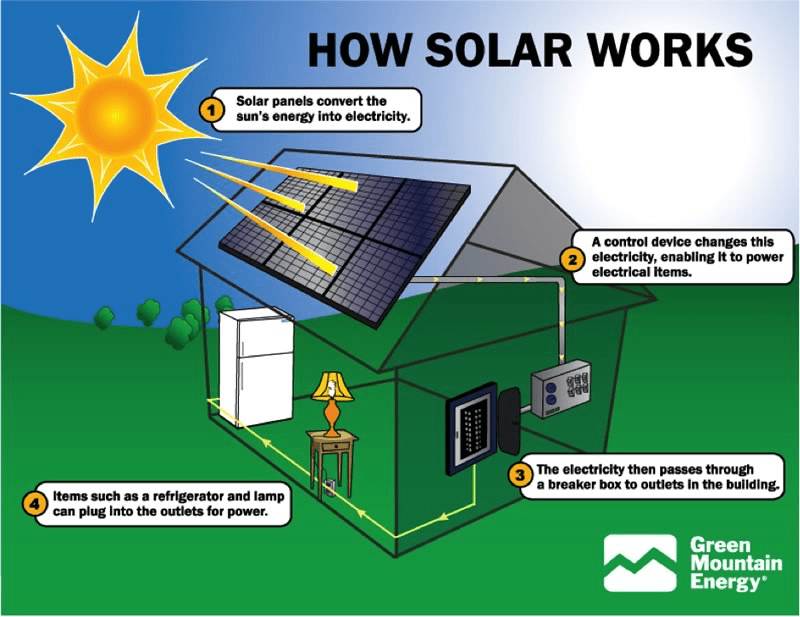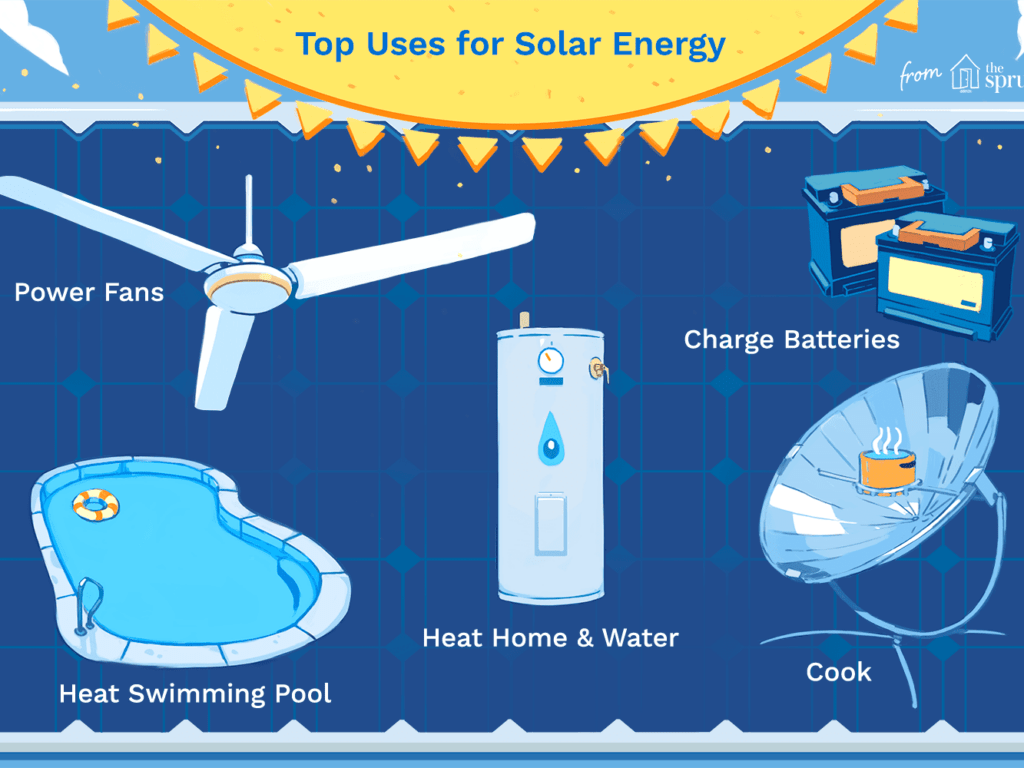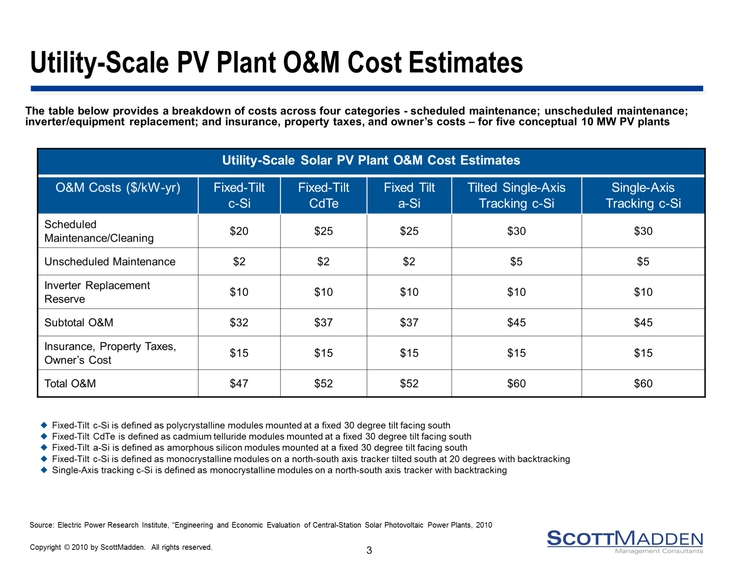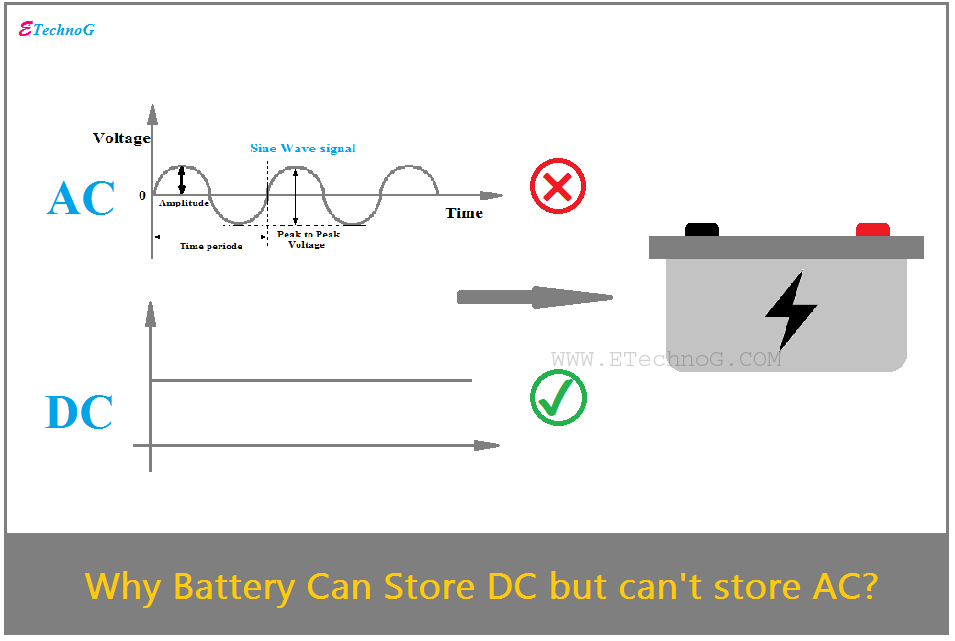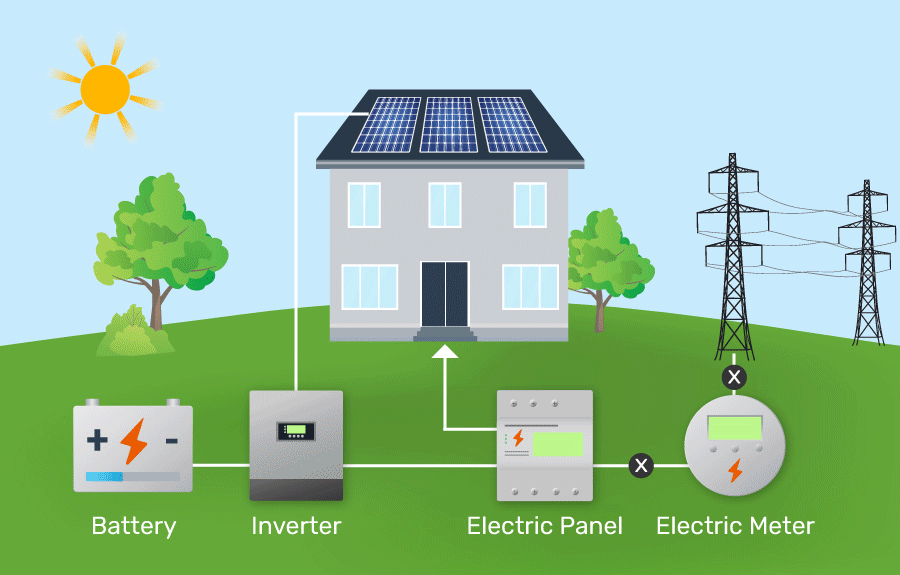6 Secrets You Didn't Know About Stackable Lithium Batteries
What is a Lithium iron phosphate battery?
Amongst lithium battery types, Lithium iron phosphate batteries are the safest. A single LFP cell has a voltage of 3.2V, and when 51.2V is needed, an LFP battery made up of 16 cells in series delivers that amount. For applications where high demands are placed upon the battery, LFP is usually the best choice chemically speaking.
Lithium iron phosphate batteries provides several advantages over other lithium batteries, including a longer lifespan, higher discharge rates, and wider temperature ranges. In addition, LFP batteries are not susceptible to the “thermal runaway” reactions that can occur in other lithium batteries, making them much safer to use.
What are stackable Lithium iron phosphate batteries?

A stackable Lithium iron phosphate battery is a type of lithium battery that can be stacked on top of each other. This gives the battery a higher capacity and voltage than a single lithium battery. Stackable lithium batteries are often used in high-demand applications, such as electric vehicles or Energy Storage Systems.
The main advantage of a stackable lithium battery over a single lithium battery is that it can provide a higher voltage and capacity. They are ideal for power-hungry applications, such as electric vehicles. However, stackable lithium batteries are also more expensive than single lithium batteries.
A stackable lithium battery may be the best option if you are looking for a high-performance battery for your electric vehicle. It can also be applied in other high-power applications, such as backup power systems.
What are the features of a Lithium iron phosphate battery?

- It can operate in deficit mode for lengthy periods, which is good news if you’re tired of your old dehumidifier.
- High round trip efficiency means you can make the most of your travel and see more places in a shorter amount of time.
- Our high energy density batteries give you more power while taking up less space and weight.
- You can fast-charge and -discharge your device with high charge and discharge currents.
- The charge voltage is adjustable, allowing you to charge your batteries more quickly while minimizing wear and tear on the charging equipment.
What are the features of the Stackable Battery Series?

- The whole stack and each module are non-toxic, pollution-free, and environment-friendly.
The stackable battery series is a high-performance, green energy power solution. The whole stack and each module are non-toxic, pollution-free, and environment-friendly. They are made of high-quality environmental protection materials and have undergone rigorous testing to ensure safety and reliability.
- The cathode material is made from LiFePO4 with safety performance and long cycle life.
The cathode material is made from LiFePO4, which offers excellent safety and long cycle life. The anode is made of high-purity graphite, which provides good conductivity and high capacity. The separator is a thin film of polyolefin, which allows for high rate discharge and good stability.
The cells are stacked in a horizontal configuration, with each cell having its own individual current collector. This design provides good space utilization and flexibility in terms of cell size and capacity. The cells are also enclosed in a sturdy plastic case, which protects them from mechanical damage.
- A battery management system (BMS) has protection functions, including over-discharge, over-charge, over-current and high/low temperature.
The Battery Management System (BMS) is an essential component of electric vehicles, rechargeable energy storage systems, and portable electronic devices. It monitors and manages the battery packs to ensure safe, reliable, and optimal performance.
A typical BMS includes multiple functions, such as over-discharge protection, over-current protection, and high/low-temperature protection.
In addition, the BMS may also provide other functions such as balancing, telemetry, and data logging. Battery balancing makes sure that all of the cells in the battery pack are at the same voltage level, maximizing the pack’s lifespan. Telemetry allows for remote monitoring of the battery pack, while data logging helps to optimize performance and diagnose problems.
- The battery management system can automatically control the charge and discharge states, as well as maintain balance on each cell’s current and voltage.
The stackable battery pack system is composed of multiple 18650 battery packs, which can be automatically managed and charged according to the discharge state of each cell.
The system can automatically balance the current and voltage of each cell to prolong the battery’s cycle life.
This product uses a high-precision constant current and voltage charging scheme, making the charging curve flat and uniform to better protect the battery.
During discharge, the system will intelligently distribute the discharge current according to the discharge state of each cell to avoid a single over-discharge and prolong the battery’s service life.
- Multiple battery modules can be stacked flexibly to expand output and capacity.
A stackable battery series is a great option for those looking for a flexible and expandable power solution. The modules can be stacked to add capacity and output, making it easy to tailor the system to your specific needs.
In addition, the batteries come with all of the necessary accessories for installation and operation, making them a great all-in-one solution for your power needs. Whether you’re looking for backup power for your home or business or need a reliable and expandable power source for your mobile applications, the stackable battery series is a great choice.
- Adopted self-cooling mode efficiently reduces any system noise.
The stackable battery series operates at an extremely high 98.8% efficiency for super-low power consumption with maximum compatibility. The unique self-cooling mode automatically and efficiently reduces any system noise.
Its thermal design keeps the system cool and lowers the overall temperature by up to 7°F. The battery pack is also IPX7 certified for water and dust resistance.
- The module has less self-discharge rate.
The low self-discharge rate is one of the most prominent characteristics. This means that the battery can be stored on a shelf for up to six months without needing to be charged.
Additionally, the battery does not suffer from the so-called “memory effect,” meaning that it can be recharged after only partial discharge without reducing its capacity.
Furthermore, the stackable battery series delivers excellent performance even when only partially charged, making it an ideal choice for applications where full charging may not be possible.
Overall, the stackable battery series provides an outstanding combination of features that make it an excellent choice for many applications.
- Working temperature range
The operating temperature range of our stackable battery is from -10 to 55℃ (14F-131F), with excellent discharge performance and cycle life.
When charging, the temperature should be kept within 0~45℃ (32-113F);
When discharging, the temperature should be kept within -10~55℃ (14F-131F) to ensure optimal performance.
Our stackable battery is designed to withstand a wide range of temperatures, making it an ideal choice for various environments.
- Small volume, lightweight, plug-in embedded design modules are easy to install and maintain.
The size of a battery is one of the most crucial factors, if not THE most essential, aspect of any Battery. This is especially true regarding portable devices such as laptops and cell phones. A battery that is too large and bulky can be difficult to carry around, and it may also cause the device to become unbalanced.
On the other hand, a battery that is too small may not have enough power to provide the desired amount of run time. The stackable lithium Battery is the perfect compromise between these two extremes. It offers a high energy density in a compact and lightweight package.
In addition, the unique modular design allows for multiple batteries to be stacked together, increasing the total amount of power stored in the battery pack.
What are the benefits of stackable lithium batteries?

- Increased Efficiency
The main advantage of stackable lithium batteries is that they are considerably more efficient than traditional lead-acid batteries. Batteries are divided into two categories: dry-cell and wet-cell. Lead-acid batteries have an efficiency of around 50%, whereas stackable lithium batteries may have a 99% efficiency. This indicates that heat is reduced, allowing for greater power availability to run your gadgets.
- Longer Life Span
Another benefit of stackable lithium batteries is that they have a much longer life span than lead-acid batteries. Lead-acid batteries typically need to be replaced every 3-5 years, while stackable lithium batteries can last up to 10 years. Stackable lithium batteries do not require maintenance like lead-acid batteries, which must be regularly checked and cleaned.
- More Environmentally Friendly
Stackable lithium batteries are also more environmentally friendly than lead-acid batteries. Lead-acid batteries contain heavy metals that can harm the environment, while stackable lithium batteries do not. Stackable lithium batteries can be recycled, while lead-acid batteries often end up in landfills.
- Safer
Stackable lithium batteries are also much safer than lead-acid batteries. Lead-acid batteries can leak acid, which can cause skin and eye irritation, while stackable lithium batteries do not pose this risk. Additionally, if a stackable lithium battery catches fire, it will not release harmful chemicals into the air like a lead-acid battery.
- Lighter Weight
Another advantage of stackable lithium batteries is that they are much lighter than lead-acid batteries. This is beneficial because it means that devices powered by stackable lithium batteries will be easier to carry around. Additionally, lighter-weight devices are often less likely to break if dropped.
- More Powerful
Stackable lithium battery technology has also allowed for the creation of more powerful battery packs than ever before. This is beneficial for devices that require a lot of power, such as electric vehicles or power tools.
7 . More Compact
Another advantage of stackable lithium battery technology is that it creates more compact battery packs than ever before. This is beneficial for devices that need to be lightweight and portable, such as laptops or cell phones.
What types of applications might stackable lithium batteries be used in?

Lithium batteries have a wide range of applications, from powering electronic devices to storing energy. Here are some of the most common applications for stackable lithium batteries:
- Charging Electric Vehicles
As the Electric Vehicles is super hot in the market and the main problem is about “lacking-of-electricity” suddenly when running on the road. What can you do? You could easily charge your EV through our stackable lithium batteries.
- Backup Power
Stackable lithium batteries are also used in backup power systems and UPS systems. This is because they can provide a reliable power source in an outage or emergency. They are often used in telecom base stations, CATV systems, computer server centers, medical instruments, and military equipment.
- Home Solar Energy Storage
Lithium batteries are becoming increasingly popular for home solar energy storage systems. This is because they are efficient, long-lasting, and safe. They can also be used in hospitals, schools, and office spaces.
Wrapping up
As you can see, stackable lithium batteries have many advantages over Powerwall, Rack Mounted Packs. They are more convenient, flexible and useful. If you are looking for a battery for dual purposes, consider using a stackable lithium battery.






